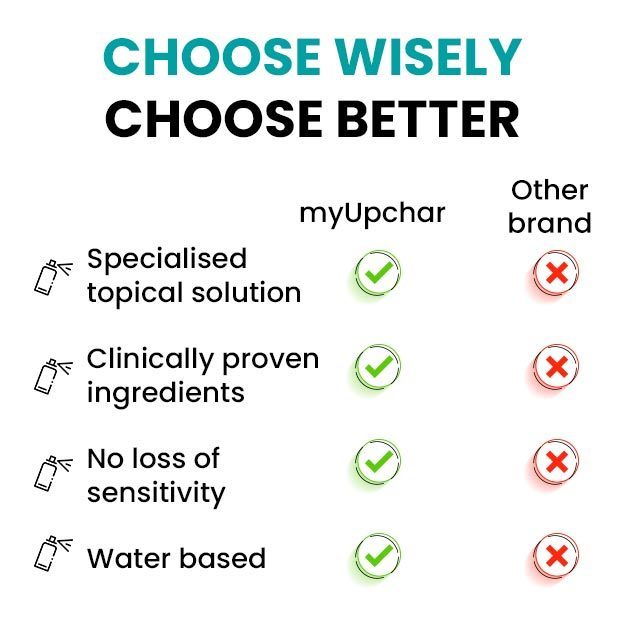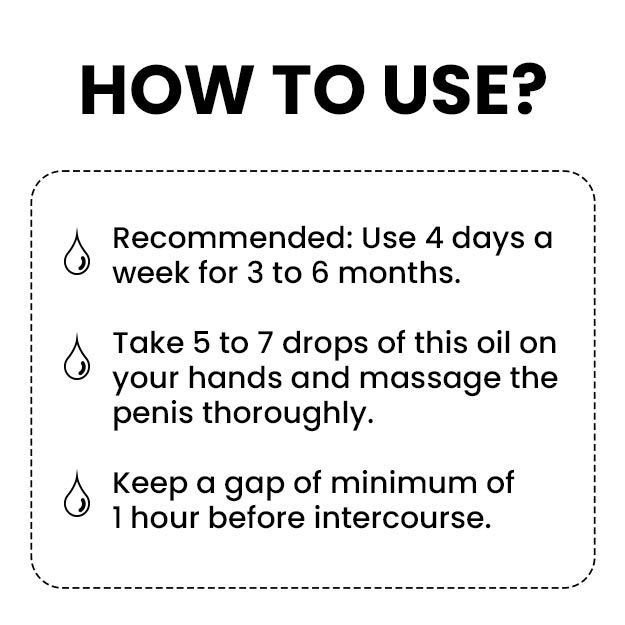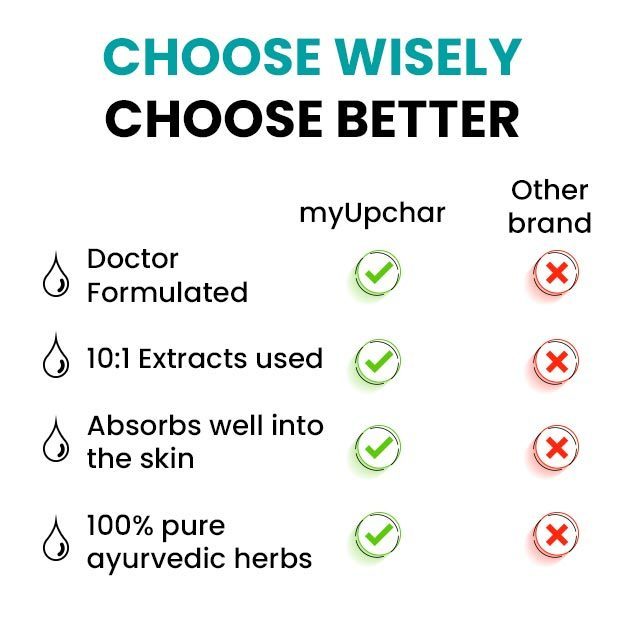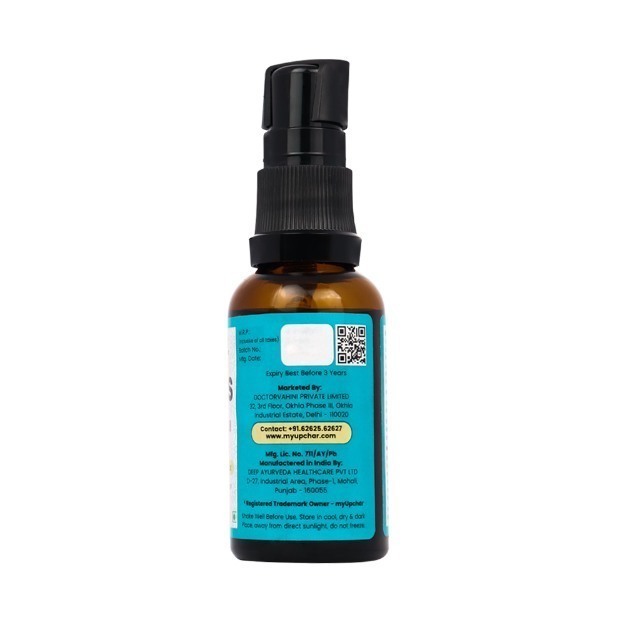The risk of transmitting the human immunodeficiency virus (HIV) infection from oral sex is very low. However, if the skin or oral mucosa is broken or ulcerated, the person receiving oral sex has sores or other STIs in the genital region or the person giving oral sex has mouth sores or bleeding gums, the risk increases significantly.
The risk of contracting STIs such as, herpes, syphilis and gonorrhoea is still significant through oral sex, along with other infections like hepatitis A or bacterial infections with E. coli, which are passed on through oral-anal sex. Certain infections can be passed on even in the absence of any symptoms. If either person has sores in the mouth, vagina, anus or penis, they must avoid oral sex and get medical help as soon as possible. To protect yourself from sexually transmitted diseases and other infections, use a condom or a dental dam. Speak with your partner about using protection before performing oral sex. Although it may be embarrassing, it is best to discuss this topic completely as it may otherwise lead to intimacy issues.
What are the factors that increase the risk and spread of STIs during oral sex?
Any individual indulging in sexual activity with a partner infected with an STI carries a risk of contracting the infection through the mouth, throat, rectum and genitals. Generally, it is possible to get an STI in the mouth or throat if oral sex is performed on a partner having a genital or anal infection. Similarly, an STI may be passed on to the genitals if a person receives oral sex from a partner with an oral infection. An individual can even get an STI in more than one area because certain STIs are known to infect other areas of the body as well. In many cases, an STI can spread even when the infected partner does not exhibit any signs or symptoms.
It is difficult to estimate and compare the types of STIs and the risks from specific acts of sexual intercourse. There have been studies conducted to compare the risks of oral sex on the vagina versus oral sex on the anus or penis. It has been found that oral sex can increase the risk of genital herpes, HPV infection, hepatitis C, gonorrhoea and other such STIs. Certain infections like gonorrhoea and chlamydia can spread to other parts of the body very quickly from oral sex. Certain infections caused by HPV can also lead to neck or mouth cancer.
The risk of infections is higher when one is performing oral sex rather than receiving it as they are exposed to genital fluids. The risk is raised when either partner has oral cuts, ulcers or sores. Hence, flossing or brushing the teeth is not recommended before oral sex, as it may cause gum bleeding and increase the risk of contracting STIs. For freshening the mouth, try using a mouthwash, mint or chewing gum instead.
The risk and spread of STIs depend on the following factors:
- The type of STI.
- Poor oral health.
- Tooth decay.
- The number of sexual acts performed.
- Diseases of the gums.
- Oral cancer.
- Bleeding gums.
- Oral or genital sores.
- Exposed to pre-cum or pre-ejaculate of an infected partner.
- The particular sexual activity that is practised.
- Prevalence of the STI within the population.
- The number of partners indulging in the act.
What signs and symptoms of STI should one look for?
If a person has performed or received unprotected oral sex or even unprotected vaginal intercourse, they must seek professional advice from a health professional if they show the following symptoms:
Although there may not be any symptoms, it is still advisable to visit the doctor if:
- A person has had unprotected oral or vaginal sex with a new partner.
- If both partners have had unprotected sex with other people.
It is strongly advised to begin treatment as soon as possible, as untreated STIs harm the overall health of a person and may even lead to fertility problems in the future.


































